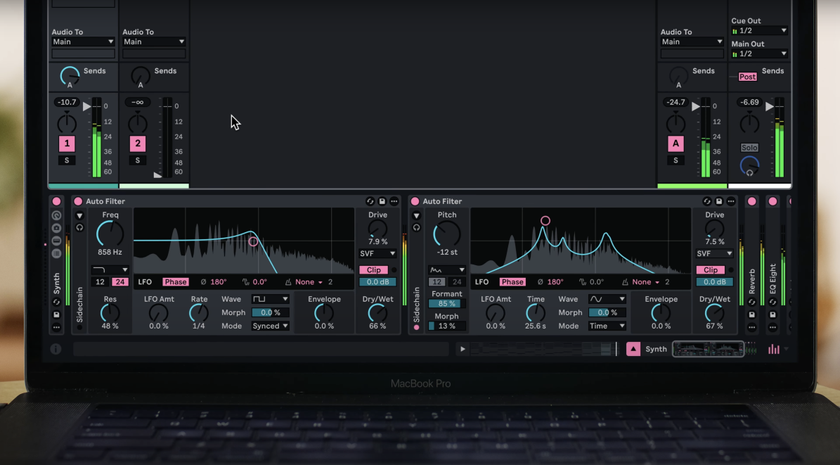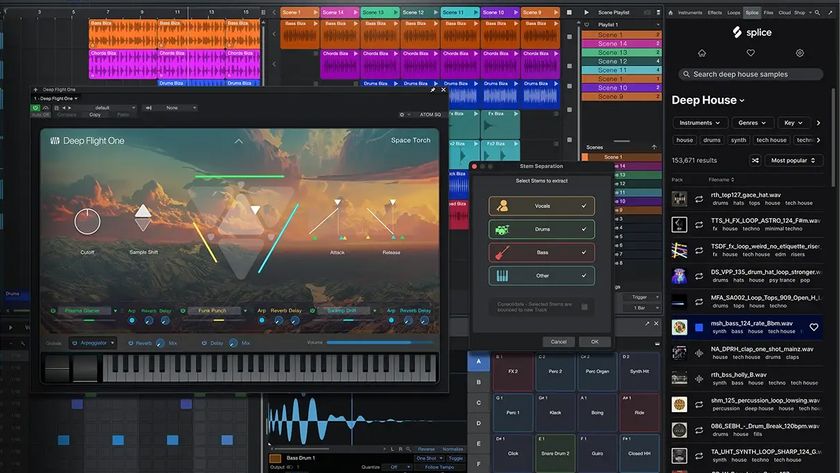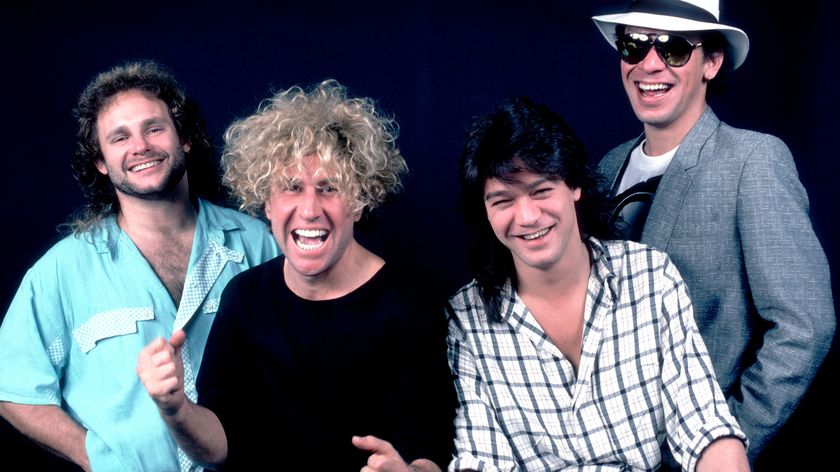PreSonus’s reborn StudioLive 16.0.2 mixer has you covered on stage and in the studio
Compact unit now has a USB 2.0 interface
PreSonus’s StudioLive 16.0.2 mixer met with our approval when it was released in 2001, but with its FireWire 400 interface, it was starting to show its age.
Step forward the revised model, which swaps this out for an 18x16 USB 2.0 interface, which should enable easy connection to your Mac or PC. The mixer isn’t just designed for studio use, though: it can also be use on its own in a live environment.
Features include 32-bit floating-point processing, XMAX Class A mic preamps and 24-bit/48kHz Burr-Brown digital converters with 118dB dynamic range. There are four aux sends and a 31-band graphic EQ on the main bus.
Processing is covered in the Fat Channel section, which includes the likes of a compressor, a limiter, a downward expander and a 3-band parametric EQ. This section also gives you LED metering, mixer save/recall and channel strip save/recall/copy/paste. The pair of programmable, stereo effect processors, meanwhile, come loaded with reverb and delay presets that are assigned to the dedicated FX buses.
Elsewhere, there’s MIDI control of key mixing parameters, and the StudioLive 16.0.2 ships with the PreSonus software suite. This includes the Capture recording software, Studio One Artist DAW and Studio Magic Plug-in Suite for Mac and Windows, the UC Surface control software for Mac, Windows, Android and iPad, and the QMix-UC monitor (aux) control software for iOS and Android devices.
The StudioLive 16.0.2 mixer will ship in August at a price of $1,100. Find out more on the PreSonus website.
Get the MusicRadar Newsletter
Want all the hottest music and gear news, reviews, deals, features and more, direct to your inbox? Sign up here.



I’m the Deputy Editor of MusicRadar, having worked on the site since its launch in 2007. I previously spent eight years working on our sister magazine, Computer Music. I’ve been playing the piano, gigging in bands and failing to finish tracks at home for more than 30 years, 24 of which I’ve also spent writing about music and the ever-changing technology used to make it.



![Chris Hayes [left] wears a purple checked shirt and plays his 1957 Stratocaster in the studio; Michael J. Fox tears it up onstage as Marty McFly in the 1985 blockbuster Back To The Future.](https://cdn.mos.cms.futurecdn.net/nWZUSbFAwA6EqQdruLmXXh-840-80.jpg)








